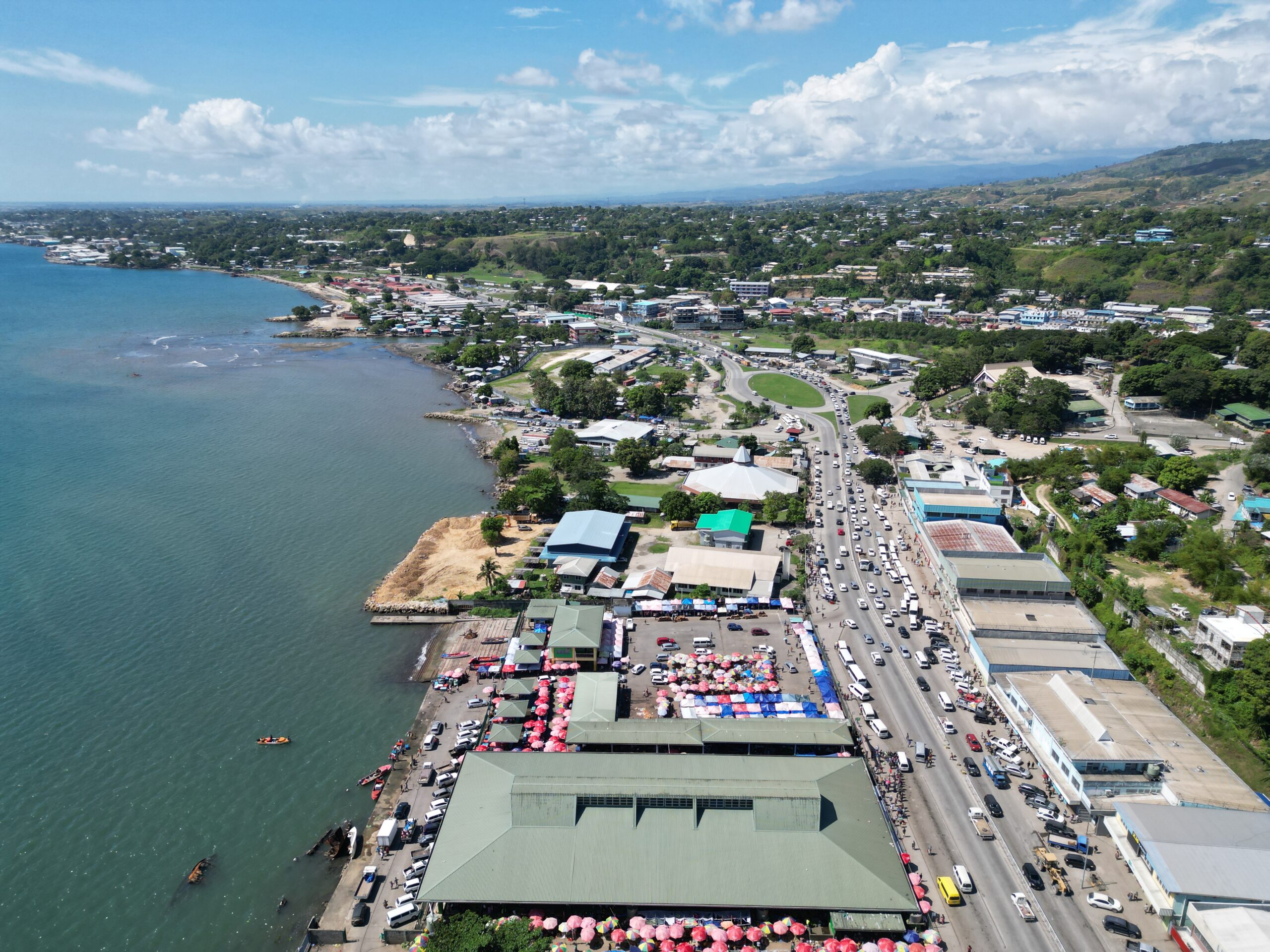
From AN OBSERVER
The Solomon Islands has long struggled with economic, social, and political development.
Successive governments have not been able to generate enough revenue to keep up with population growth and national demands.
The national economy has been consistently mismanaged, resulting in poor and inadequate social services.
Many people’s livelihoods have not improved, or have worsened.
State institutions are weak and there is widespread corruption, although corruption-related prosecutions have been low.
The reasons are many and complex.
They include the challenges associated with having a narrow-based economy, a small tax base, poor economic management, weak institutions, high production and transportation costs, and being far from centers of economic production and major markets.
But Solomon Islands has a lot of potential.
Why are these potentials never realized? Economic pundits can explain, add to the issues identified above, and propose remedies.
That discussion is important and must be had. However, there is also a need to engage in more abstract and conceptual discussions about “development” and the kinds of development approaches that are appropriate and affordable to Solomon Islands.
This might sound “too academic”.
But it could provide conceptual frames that inform development policies, types of development, approaches, and how Solomon Islands engages with development partners.
Without that, the country’s development policies and trajectories lack an intellectual and philosophical foundation, are ad-hoc and reactionary.
That could result in an absence of clear and long-term development goals.
It could also leave the country vulnerable to the agendas of development partners, especially in this era of hyper-geopolitical competition.
Since WWII Solomon Islands, like other Pacific Island countries and the rest of the world, has become entangled in the web of Western-dominated neoliberal ideas of economic development.
This is influenced largely by neo-classical economics that prescribes a trajectory of social transformation towards high mass consumption societies, without questioning whether it’s the most appropriate or affordable to every human society and to the natural environment.
It has been ushered on by post-WWII institutions such as the Bretton Woods Institutions – the World Bank (WB) and the International Monetary Fund (IMF) – that have played an important role in pushing neoliberal policies onto the rest of the world, as though that is the only pathway to and criteria of a good life.
More recently, we have seen the unquestioning import of China’s development experiences and model that started in the late 1970s under President Deng Xiaoping.
These are largely state-centric, carried out under strict and repressive state control, and focus on large-scale infrastructure developments.
This has been exacerbated by Xi Jinping and his signature Belt and Road Initiative (BRI) introduced in 2013. Beijing exports it as the savior of the world, especially the global south.
In Solomon Islands, there is an unquestioning assumption, especially amongst many national leaders, that China’s development experiences and models could be replicated in this island country.
Little, if any, thought has been put into whether it is appropriate and affordable to Solomon Islands. Discourses about development tend to be superficial.
There is an unwillingness, or perhaps an inability, to delve into the realm of abstract ideas that inform pragmatism.
More concerning is the lack of discussions about Solomon Islands’ ideas of development, processes, trajectories, and outcomes (or states of “developedness”) that are appropriate to Solomon Islands.
There is no local, contextual and organic discussion of what constitutes a good life for Solomon Islanders and the natural environment.
As stated above, this could result in wholesale acceptance of what development partners offer.
This is despite rhetoric about the Solomon Islands government determining development agendas.
We, especially our leaders, are often seduced by the optics of development. Here, the term “optics of development” is used to refer to the ways in which something is perceived and desired because of its aesthetic.
It is preferred because it is instantaneous and looks good, not necessarily because it is appropriate, affordable and could have a positive impact on people’s livelihoods.
Examples of such optics include big stadiums with fancy lightings that Honiara’s power grid can’t sustain, hundreds of outboard motor-powered canoes driving through the Marovo lagoon, etc.
Such “developments” often don’t go through a process that builds peoples’ financial and management capacities to sustain them.
Such projects are state-delivered, rather than created.
They therefore “suddenly appear” or “happen”, rather than go through processes that allow for people, societies, economies, institutional structures and governance mechanisms to evolve and for capacities and commitments to be entrenched.
Consequently, there is often no capacity or willingness to maintain them because that was not part of the development process.
These examples aside, there is a need to have deep and substantive discourse about the types of development that are appropriate, affordable and benefit a majority of Solomon Islanders.
Such discussions must be serious, methodical and well-informed.
With due respect, I am doubtful that most of the country’s political leaders and their handlers (political appointees) are willing or able to engage in such discussions.
This has left Solomon Islands caught in the optics and façades of development.
